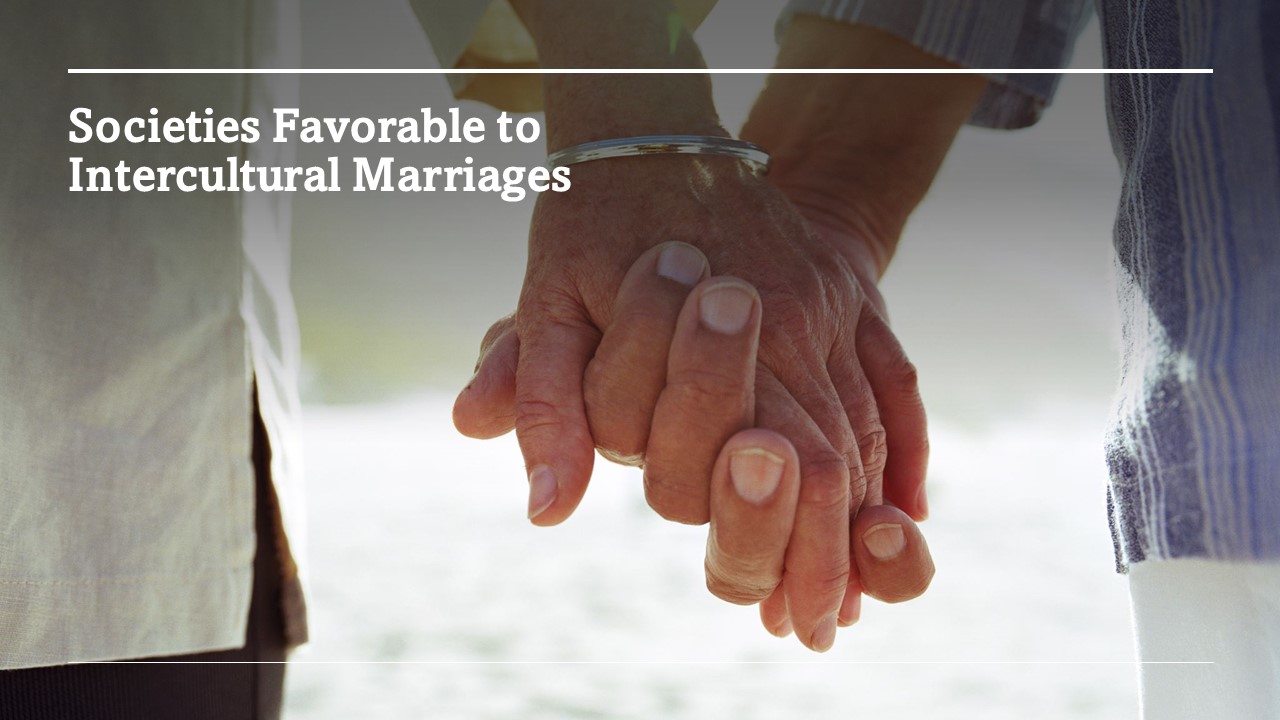In the modern world of increased social mobility and mass migration, many countries have become very multicultural. Subsequently, new mixed cultures with blended communities have been developed in many regions.
Some workplaces, public spaces, and residential areas have become spots where regular intercultural contacts occur. International trade, transnational cooperation, and the development of multicultural projects have also caused more regular inter-cultural contacts and interactions.
The Mere Exposure Effect and Interpersonal Attraction
The mere exposure effect and the familiarity effect may lead to greater interpersonal attraction in intercultural relations.
First, the “mere exposure effect” means “the more you see, the more you like.” We tend to love those we repeatedly see for a while and interact with them in a neutral or positive way. Negative experiences of interactions often produce an adverse effect, thus counteracting the positivity of the mere exposure effect. (See more in How does mere exposure induce love attraction?)
The Mere Exposure Effect and Interpersonal Familiarity
The mere exposure effect also creates an impression of familiarity. The others, whom we see on a regular basis, look more familiar and trustworthy to us. When we meet others who look and behave differently, people tend to be nervous and worried. This evolutionary tendency is what produces in-group positive bias, out-group negative bias, and intergroup tension. (See more in Love attraction to familiar others).
The Effects of Mere Exposure on Familiarity in Intercultural Relationships
Different cultures appear to us as in-groups and out-groups. For us, our culture is perceived as an ingroup, and people look and behave familiar to us because we see them regularly and adapt our perception frame. Therefore, we tend to like and trust them. On the other hand, another culture is perceived as an outgroup, and people look and behave strangely to us because we have never seen them before or have seen them rarely. Therefore, we tend to feel suspicious and apprehensive.
What can happen in culturally blended communities? People of different cultures see each other on a regular basis. We have become accustomed to seeing “others” who look and behave differently. The more we see them, the less strange they appear to us and the less they differ from us. We begin to feel they are basically the same good and trustworthy people as we are. If not, it may not be a matter of culture but rather of an individual’s personality.
Thus, when we meet people from other cultures routinely and in positive interactions, their looks and behaviors gradually become more recognizable and familiar. And due to the “familiarity effect”, we begin to love them more. So, the more often we see those of another culture, the more they look familiar. The more we perceive them as familiar, the more we like them.
The Opportunities Breed Possibilities for Intercultural Marriages
When applied to intercultural contacts and relationships, these mere exposure and familiarity effects can increase the likelihood of intercultural love, dating, and marriage. Considering these social psychological effects, we can think that once men and women of different races and ethnicities have more opportunities to see each other and interact in a positive way, they will perceive more familiarity in each other and, consequently, like and even love each other more. The matter of love, as in within-cultural relationships rather than cultural distinctions, will play a role in their attraction and possible love. Having regular opportunities for intercultural perception and interaction can trigger the simple exposure and familiarity effects. Intercultural and interpersonal attraction and love will follow accordingly.
Studies have shown that this possibility is real in friendships and romantic relationships. Physical and interactional proximity serve as the strongest predictors of interracial friendship and dating. The availability of interracial and interethnic contacts determines the likelihood that students of different races and ethnicities develop friendships. In the same way, greater opportunities for interracial contact predict a greater occurrence of interracial romantic relationships (e.g., Hallinan & Smith, 1985; Fujino, 1997).
However, different proportions of cultural majority and minority groups and belonging to majority or minority groups in a community have different effects on the likelihood of friendship and romantic relationships. In addition, different racial and ethnic groups have different wiliness and a chance to get into such intercultural relationships. Overall, Latinos and Asians are most likely to marry outside their ethnicity and race.
The Multicultural Society of the USA and Increasing Rates of Intercultural Marriages
In the USA, western states, and especially Hawaii, represent excellent examples of mingled multicultural communities favorable to intercultural relationships. The cultural mixing in these regions creates multicultural communities conducive to inter-cultural friendships, romances, and marriages.
The Pew Research Center conducted research in 2012 that showed that Hawaii and the Western United States had the highest rate of interracial marriages nationwide. According to that study, the US was a broadly diverse, multicultural country that continued to break down racial barriers and boundaries. Furthermore, the trend toward a high rate of interracial marriages was growing. In 2012, about 15% of all new marriages in the United States were interracial. In 2015, the number grew by up to 17%. The increasing numbers of Latino and Asian immigrants, as well as the growing public acceptance of such intercultural relationships among young people, were the major causes of the high and rising rates of interculturalism and polyculturalism (See more in The increasing trend of intercultural marriages in America).
The Western United States and Hawaii had the most pronounced increases in the number of intercultural marriages. In comparison to the national average, approximately 20% of newlyweds in the western United States were men and women of different races or ethnicities. In California, more than 23% of new marriages were inter-racial or inter-ethnic, a higher rate than in other western neighboring states. However, Hawaii had the highest rate of 40 percent interracial marriage in the country (Hawaii leads nation with 40 percent interracial marriage rate, by Rebecca Trounson, Feb. 16, 2012).
